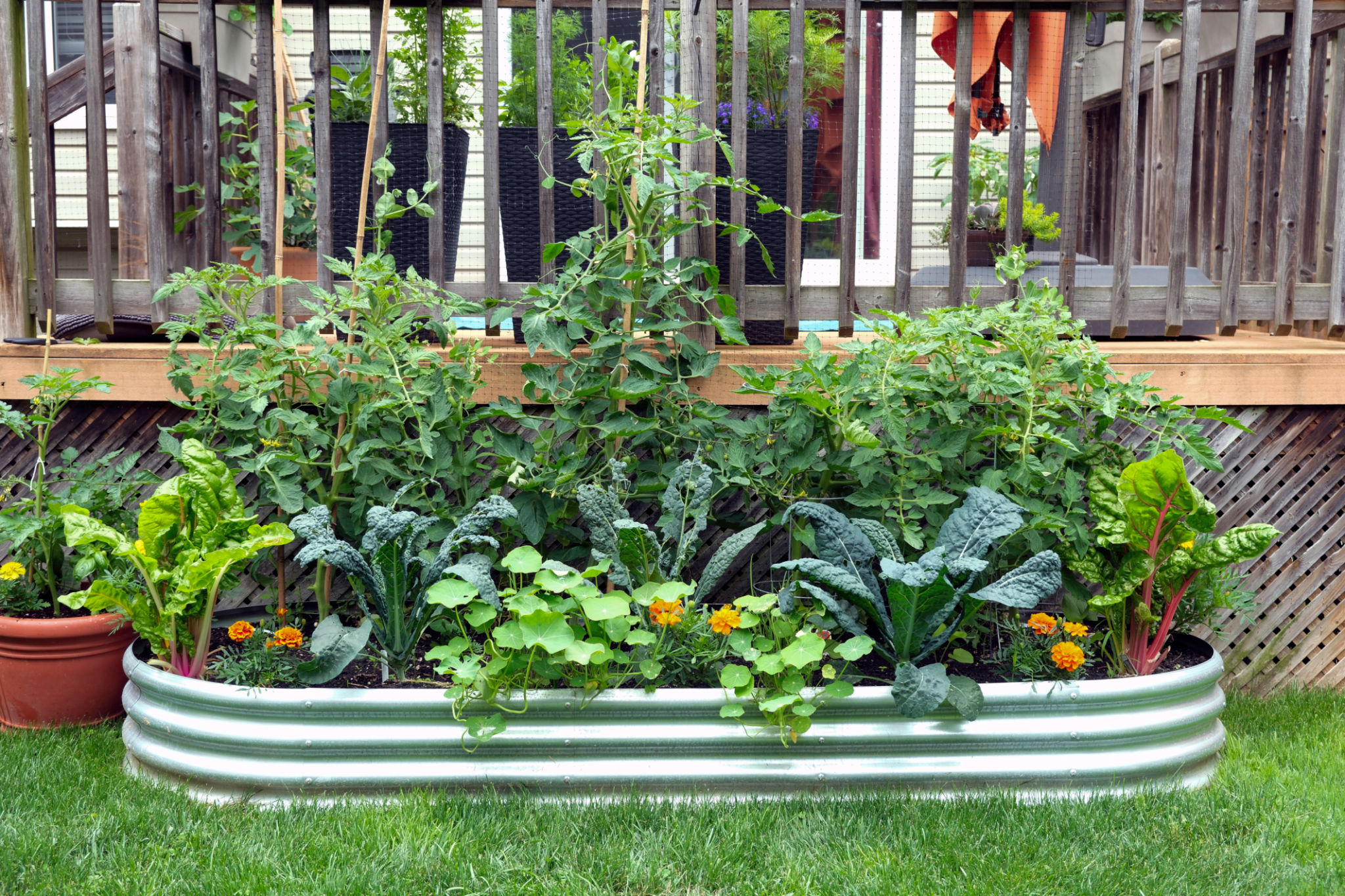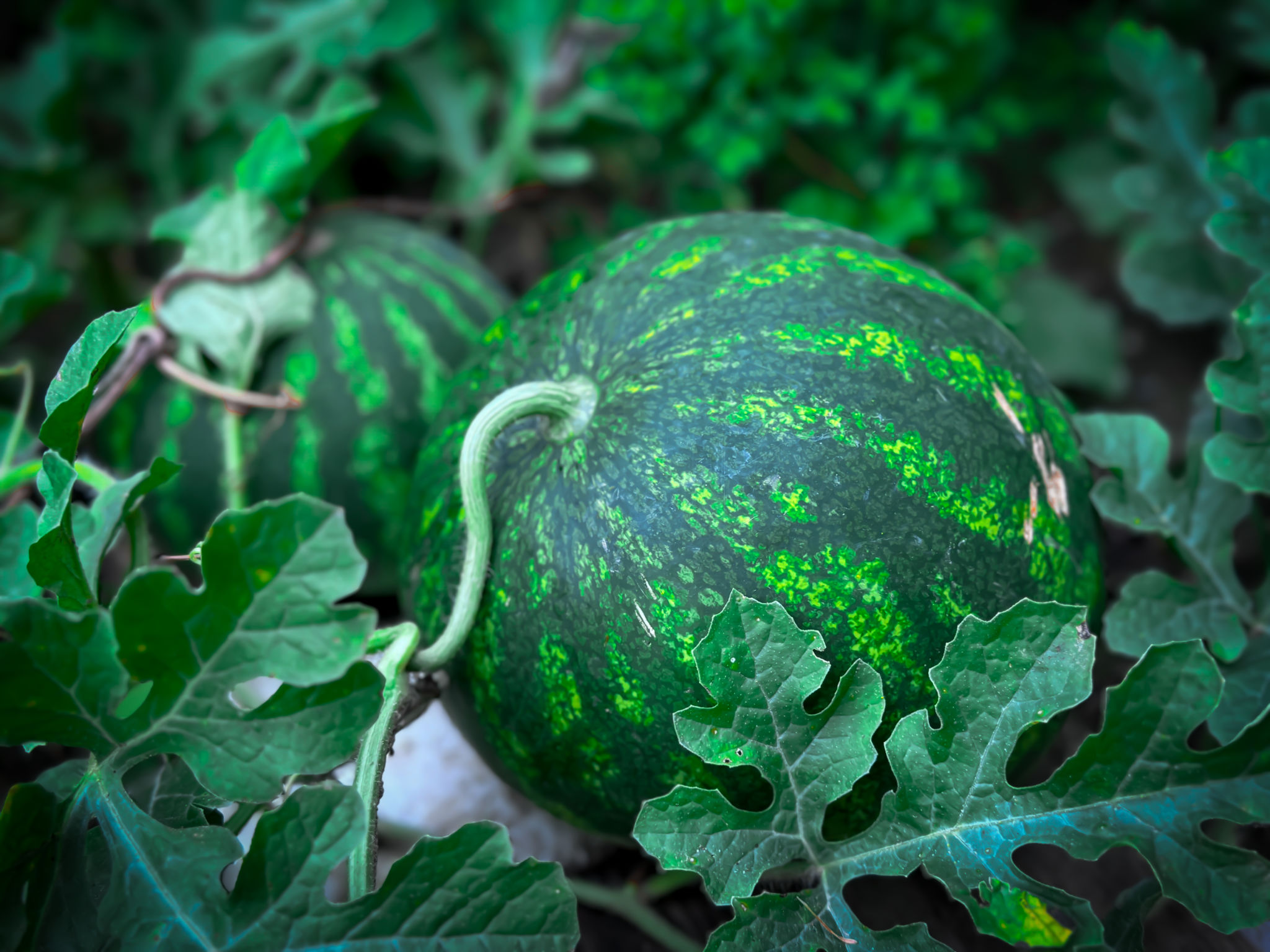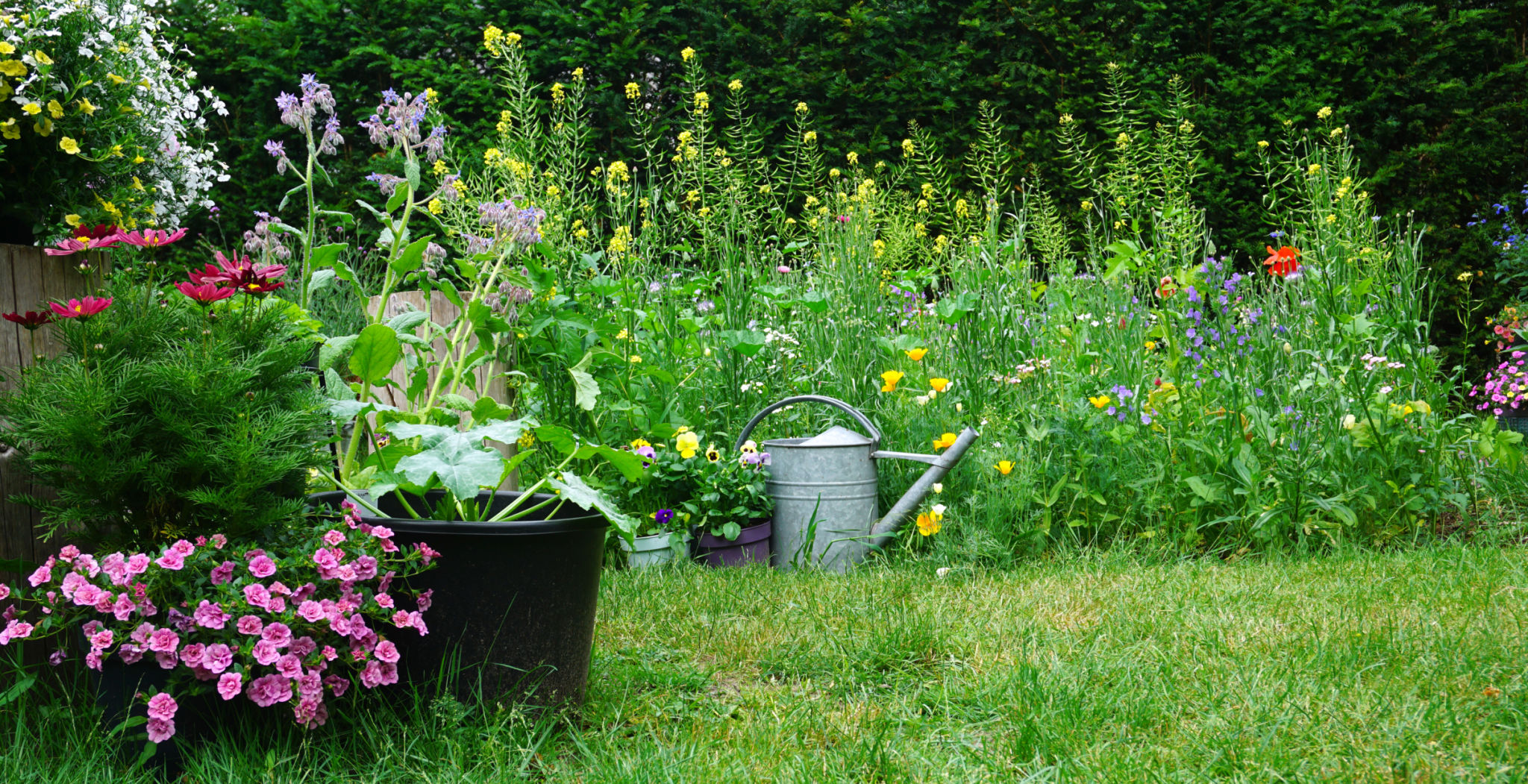A Beginner's Guide to Sustainable Landscaping in Hamilton
Understanding Sustainable Landscaping
Sustainable landscaping is an approach to designing and maintaining your garden that focuses on environmental responsibility. In Hamilton, where the local climate and natural resources play a significant role in gardening, adopting sustainable practices can make a substantial difference. This guide will help you get started on creating an eco-friendly landscape that is both beautiful and resource-efficient.

Choosing Native Plants
One of the simplest ways to begin your sustainable landscaping journey is by selecting native plants. These plants are adapted to the local climate and soil conditions, which means they require less water and fewer pesticides. By choosing native species, you can create a thriving ecosystem that attracts local wildlife, such as birds and pollinators. In Hamilton, consider incorporating plants like Black-eyed Susan, Butterfly Milkweed, and Eastern Redbud into your garden.
Efficient Water Management
Water conservation is crucial in sustainable landscaping. Implementing efficient irrigation systems like drip irrigation or soaker hoses can significantly reduce water waste. Additionally, consider collecting rainwater with barrels to water your garden. Mulching is another effective technique; it helps retain soil moisture and reduces the need for frequent watering.

Soil Health and Composting
Healthy soil is the foundation of any successful garden. To enhance soil quality, incorporate organic matter such as compost. Composting not only enriches the soil but also reduces household waste. You can start by setting up a simple compost bin in your yard where you can deposit kitchen scraps and yard waste. Over time, this will break down into valuable nutrients for your plants.
Reducing Chemical Usage
Minimizing the use of chemical fertilizers and pesticides is a key aspect of sustainable landscaping. Instead, opt for natural alternatives like neem oil or insecticidal soap to manage pests. Companion planting is another strategy; by planting certain species together, you can naturally deter pests and promote plant health.

Implementing Hardscape Elements
Incorporating hardscape elements such as stone paths, patios, or rock gardens can enhance the functionality and aesthetic appeal of your landscape. When choosing materials, opt for locally sourced or recycled options to reduce environmental impact. Hardscaping not only adds structure but can also help manage runoff and erosion.
Creating Wildlife Habitats
A sustainable landscape should support biodiversity by providing habitats for local wildlife. Installing birdhouses, bee hotels, or small water features can attract various species to your garden. This not only contributes to the ecological balance but also brings a sense of tranquility and life to your outdoor space.

Maintaining Your Sustainable Landscape
Regular maintenance is essential to keep your sustainable landscape thriving. This includes tasks such as pruning, mulching, and monitoring soil conditions. By staying attentive to your garden's needs, you can ensure its health and resilience over time.
Sustainable landscaping in Hamilton is not just about creating a beautiful garden; it's about fostering an environment that supports both nature and community well-being. By implementing these practices, you can contribute to a healthier planet while enjoying a stunning outdoor space.
